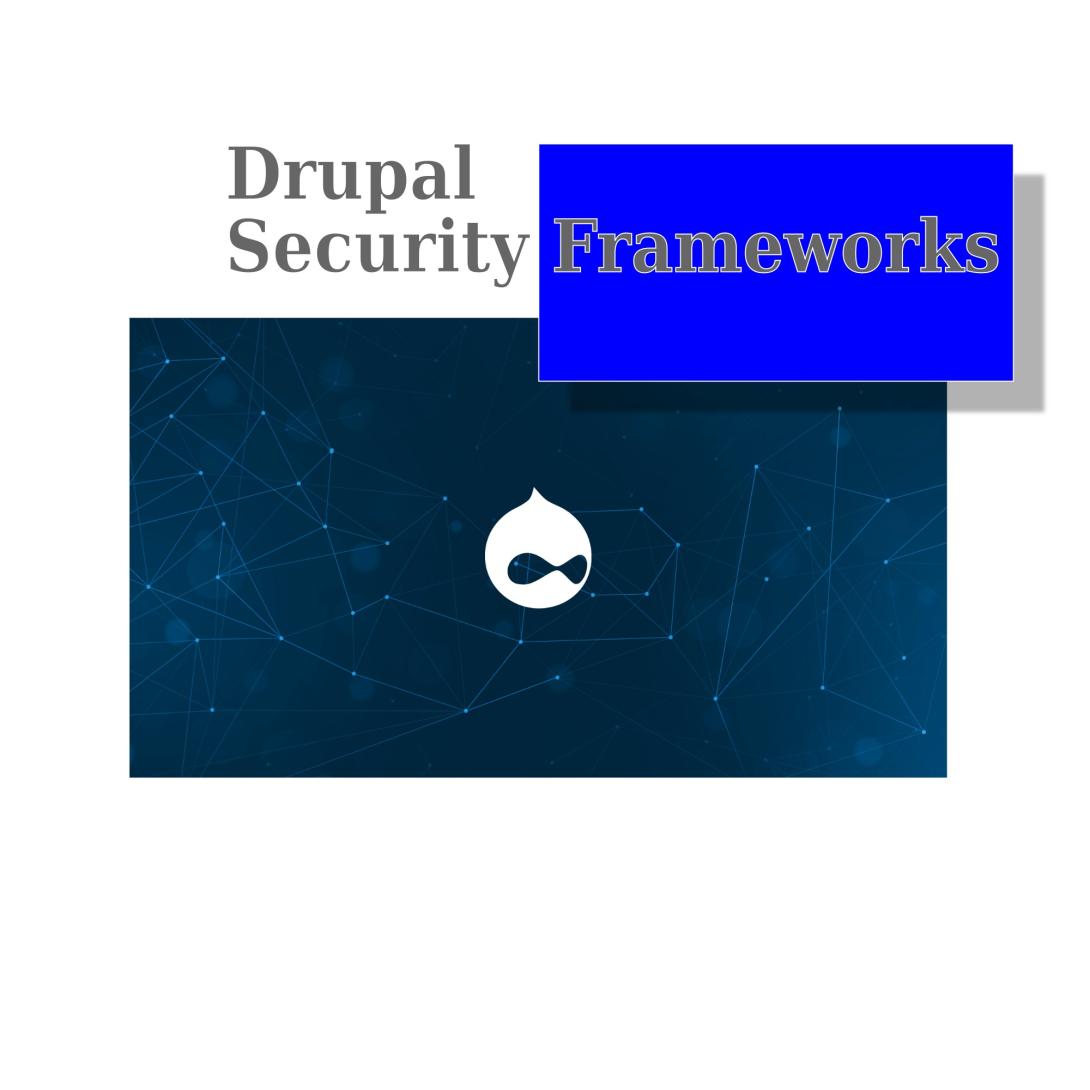In the landscape of modern web development, security is not just a feature—it’s a necessity. Whether you’re managing a government portal, an enterprise application, or a high-traffic content platform, safeguarding your data and users from threats is paramount. Among open-source CMS platforms, Drupal stands out for its robust, mature, and proactive approach to security. This article explores the key components of Drupal’s security frameworks, how they work, and why they make Drupal one of the most trusted content management systems for secure web development.
Understanding Drupal’s Security Philosophy
Drupal’s security model is built around three core principles: collaboration, transparency, and proactive defense. Rather than relying solely on post-incident patching, Drupal prioritizes prevention through architecture, coding standards, and community oversight. The Drupal Security Team, a dedicated group of developers and security experts, works continuously to identify, review, and address vulnerabilities across Drupal core and contributed modules.
This community-driven approach means that vulnerabilities are often discovered and mitigated before they can be exploited. Security advisories, published regularly on Drupal.org, ensure site administrators can stay informed and act swiftly.
Core Security Features in Drupal
a. Role-Based Access Control (RBAC)
At the heart of Drupal’s security is its granular permissions system. Administrators can define roles (e.g., “Editor,” “Author,” “Administrator”) and assign specific capabilities to each. This ensures that users only have access to the data and actions necessary for their role—reducing the attack surface and minimizing human error.
b. Input Filtering and Output Sanitization
Drupal’s core APIs automatically handle input validation and output escaping, which protect against common web vulnerabilities such as SQL injection, XSS (Cross-Site Scripting), and CSRF (Cross-Site Request Forgery). The system enforces safe handling of user-submitted content through functions like filter_xss() and the Text Filter module.
c. Database Abstraction Layer
The database abstraction layer in Drupal prevents direct SQL execution and uses parameterized queries, making it inherently resistant to injection attacks. This layer also enhances portability across different database systems while maintaining security consistency.
d. Secure Session and Authentication Management
Drupal supports strong password policies, hashed credentials, and session management features out of the box. It integrates easily with advanced authentication methods such as OAuth 2.0, SAML, and LDAP, enabling enterprise-grade identity management.
The Drupal Security Team and Advisory Process
The Drupal Security Team plays a central role in maintaining ecosystem integrity. When a vulnerability is reported, it goes through a structured process:
- Verification: The issue is validated and replicated.
- Coordination: The team works with module maintainers to create a patch.
- Disclosure: Once a fix is available, a Security Advisory (SA) is published, informing site owners of the issue, its impact, and the solution.
This transparent and accountable process has earned Drupal the trust of high-profile organizations, including governments and Fortune 500 companies.
Contributed Module Security Practices
Drupal’s extensibility is one of its greatest strengths, but it also introduces potential risks. To mitigate these, contributed modules undergo rigorous security review processes before being marked as “covered by the Drupal Security Team.” Developers are encouraged to follow the Drupal Security Best Practices, which include secure coding standards, proper use of APIs, and regular dependency updates.
Tools and Frameworks for Enhanced Security
Several modules and practices can extend Drupal’s built-in security:
- Security Kit: Adds advanced HTTP headers and protections against clickjacking, XSS, and CSRF.
- Password Policy: Enforces strong password complexity and expiration policies.
- Automated Logout: Helps prevent unauthorized access through idle session timeouts.
- Two-Factor Authentication (TFA): Integrates multi-factor authentication methods for administrators and users.
- Update Manager: Alerts administrators to available security updates for core and contributed modules.
Additionally, Drupal’s configuration management system ensures secure version control and environment consistency—reducing the risk of misconfigurations between staging and production environments.
Compliance and Industry Standards
Drupal’s architecture supports compliance with security and privacy frameworks such as OWASP, GDPR, FedRAMP, and HIPAA (with proper configuration). Its modular flexibility allows organizations to tailor compliance implementations to their specific regulatory requirements.
Conclusion
Drupal’s security framework exemplifies the power of open-source collaboration and technical rigor. By combining secure-by-design principles, a vigilant community, and enterprise-grade tools, Drupal provides a CMS environment that is not only powerful and flexible but also trustworthy.
For developers, administrators, and organizations seeking a platform that prioritizes security without compromising scalability or innovation, Drupal remains one of the best choices available.
PARSRECORDS.COM


Comments